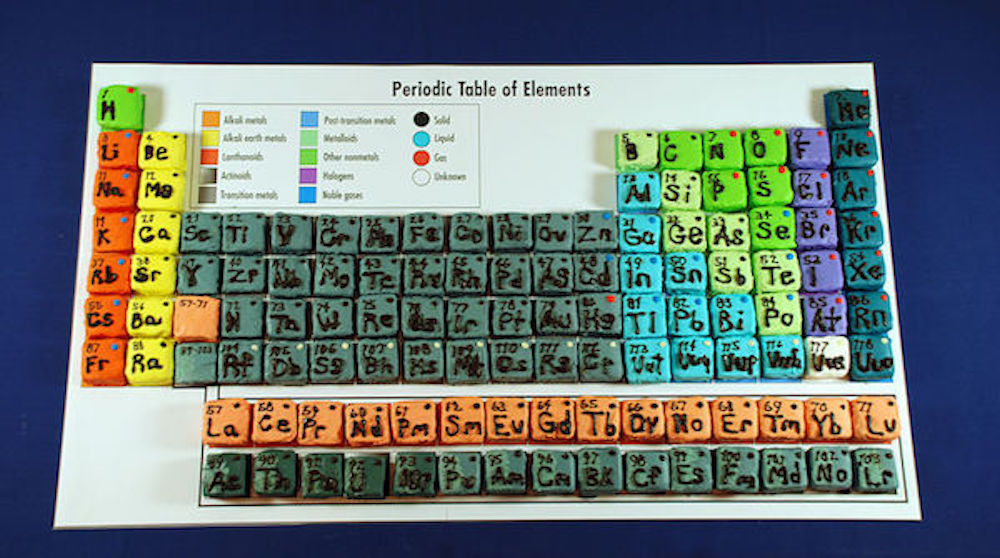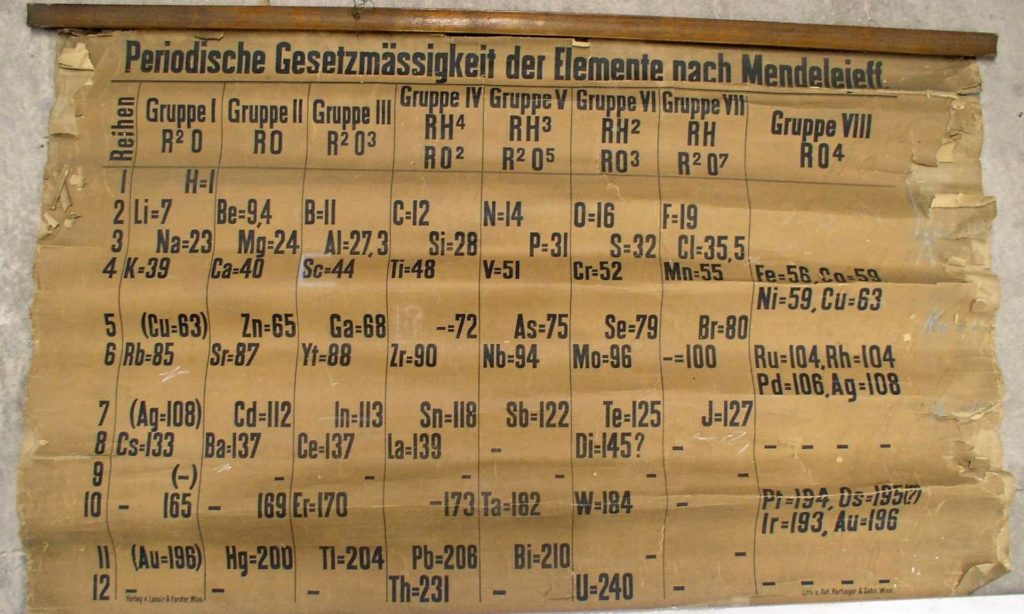
[Image above] Credit: Science History Institute, Wikimedia
It used to be that having a day named in your honor was a big deal—until the proliferation of fake holidays made it pretty mainstream (though I’m sure many of us secretly stand in solidarity with Lost Sock Memorial Day).
If you really want to stand out from the crowd, then, you need to strive not just for a national day but a national month. But what if you want to go even bigger? What if…you could be recognized for an entire year?
You will likely never achieve a whole year dedicated to you as a person. However, if there is a topic you are passionate about and feel deserves recognition, then the United Nations can help you out.
Almost every year, the United Nations selects events or topics for special distinction. While the UN did not give any topics special distinction in 2018, three topics received distinction this year. And one of those topics holds a special place in the heart of any scientist.
I present…
International Year of the Periodic Table of Chemical Elements

In honor of the iconic table’s International Year, let’s take a look at what we know about the table and what could happen in the future. Be ready—this Wednesday we feature not just one video, but two!
The periodic table is not static
When Russian chemist Dimitri Mendeleev published his periodic table in 1869, he knew the 63 known elements were just a beginning. He purposefully left blanks in his table for elements predicted to exist but not yet discovered. His choice proved prophetic as elements were discovered in later years.
In this first video, watch how the periodic table filled up over the years as more and more elements were discovered.
This video was made before nihonium (113), moscovium (115), tennessine (117), and oganesson (118) were given proper names
Any “new” element is still old news
Chemists celebrated in 2016 when the International Union of Pure and Applied Chemistry (IUPAC) officially approved the names and symbols of four elements: nihonium (Nh; 113), moscovium (Mc; 115), tennessine (Ts; 117), and oganesson (Og; 118). Though this news hit media headlines as the “latest” discovery, the announcement came as validation instead of surprise for scientists.
Nihonium was discovered in 2004 and announced in 2012; moscovium was discovered in 2003 and announced in 2004; tennessine was discovered and announced in 2010; and oganesson was discovered in 2002 and announced in 2006. When IUPAC officially approved the names and symbols of these four elements, the announcement signaled that IUPAC had finished their external assessment verifying the discoveries rather than IUPAC announcing brand-new discoveries.
The element discovery, announcement, and verification process perfectly illustrates the long time it can take for scientific “breakthroughs” to garner mainstream attention. And the 14 years between oganesson being discovered and gaining its official name is not even that long in comparison to some discoveries—it took about 41 years from the first indirect evidence of gravitational waves until their existence was confirmed by the LIGO and Virgo Scientific Collaboration!
Now that there are 118 elements, not many of us are likely to memorize them all. But for those who want to try, the video below offers a musical way for doing so.
New year, new icon?
Everyone knows what the periodic table looks like—it is plastered on mugs, shirts, and mousepads in any science center gift shop. But despite the table’s ubiquity, chemists still do not agree on whether this familiar arrangement is the best way to order elements.
As I noted in the first section, the periodic table is not static. It grows and expands as new elements are discovered and added to the list. In the most common ordering of the periodic table, it is easy to add new elements. Elements are arranged by their atomic number (the number of protons in the atom) so any new element would just be placed by the element with one less proton than itself.
However, not all chemists agree with this ordering. Some chemists argue chemical properties should dictate how elements line up on the periodic table. Others say a different fundamental principle besides atomic number would be best, like electronic configuration. And even when chemists agree to order according to atomic number, they clash over which elements belong in group 3, where helium should go, and how many columns the periodic table should have.
Though the ordering of the periodic table will likely remain stable for now, the future could see major rearrangements if one of these dissenting chemist groups form a compelling argument for their preferred arrangement. Already this year one group of researchers developed a new electronegativity scale!
At least one thing, though, should be settled in the near future. IUPAC convened a working group in 2015 to make a definitive recommendation on which elements should compose group 3. If things go well, the results of their determination should be published soon.
I cannot show you what the future will hold, but I can show you what the past held. Take a look at this periodic table dating from 1885, which was discovered recently in a storage area at the University of St. Andrews!

